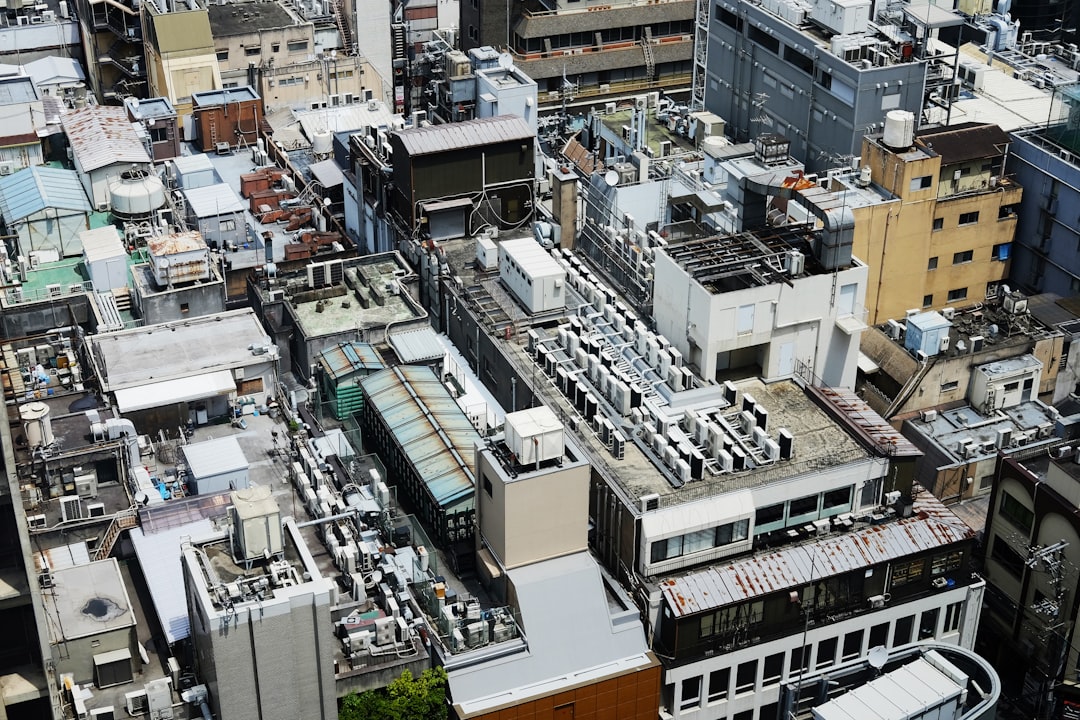In the world of manufacturing, downtime is one of the biggest enemies. It not only leads to loss of productivity and revenue, but also has a negative impact on customer satisfaction and employee morale. The costs associated with downtime can be staggering, with some estimates putting the annual losses in the billions of dollars. That’s why it is crucial for manufacturers to find ways to prevent downtime and keep their operations running smoothly. One key tool in this fight is predictive maintenance.
Predictive maintenance is a proactive approach to maintenance that uses data and analytics to predict when equipment is likely to fail, allowing companies to fix problems before they occur. By monitoring equipment in real-time, manufacturers can identify issues early on and address them before they lead to costly breakdowns. This not only helps avoid unplanned downtime, but also extends the lifespan of equipment and reduces maintenance costs in the long run.
There are several ways in which predictive maintenance can help prevent downtime in manufacturing. One of the most important is by identifying potential issues before they escalate. By collecting and analyzing data from sensors and other monitoring devices, manufacturers can detect signs of wear and tear, overheating, or other problems that may indicate impending equipment failure. By addressing these issues early on, companies can prevent breakdowns and keep their operations running smoothly.
Another key benefit of predictive maintenance is that it allows companies to schedule maintenance proactively, rather than reactively. Instead of waiting for equipment to fail and then scrambling to fix it, manufacturers can plan maintenance activities in advance based on predictive analytics. This helps reduce the likelihood of unexpected downtime and allows companies to schedule maintenance during periods of low demand, minimizing the impact on production.
Predictive maintenance can also help improve overall equipment reliability. By identifying and addressing potential issues early on, manufacturers can reduce the likelihood of equipment failures and breakdowns. This not only helps prevent downtime, but also improves the overall performance and longevity of equipment, leading to increased productivity and efficiency.
In addition to these benefits, predictive maintenance can also help companies reduce maintenance costs. By implementing a proactive maintenance strategy, manufacturers can reduce the need for costly emergency repairs and minimize the impact of downtime on their bottom line. This can lead to significant savings over time and help companies improve their overall profitability.
While the benefits of predictive maintenance are clear, implementing a predictive maintenance program can be challenging for manufacturers. It requires investment in data collection and analysis tools, as well as the development of predictive algorithms and models. Additionally, companies need to ensure they have the right expertise and resources in place to effectively implement and manage a predictive maintenance program.
Despite these challenges, the potential benefits of predictive maintenance in preventing downtime in manufacturing are too significant to ignore. By leveraging data and analytics to predict when equipment is likely to fail, companies can proactively address issues before they escalate, reduce the likelihood of unplanned downtime, and improve overall equipment reliability. In an increasingly competitive marketplace, predictive maintenance can be a powerful tool for manufacturers looking to stay ahead of the curve and keep their operations running smoothly.

